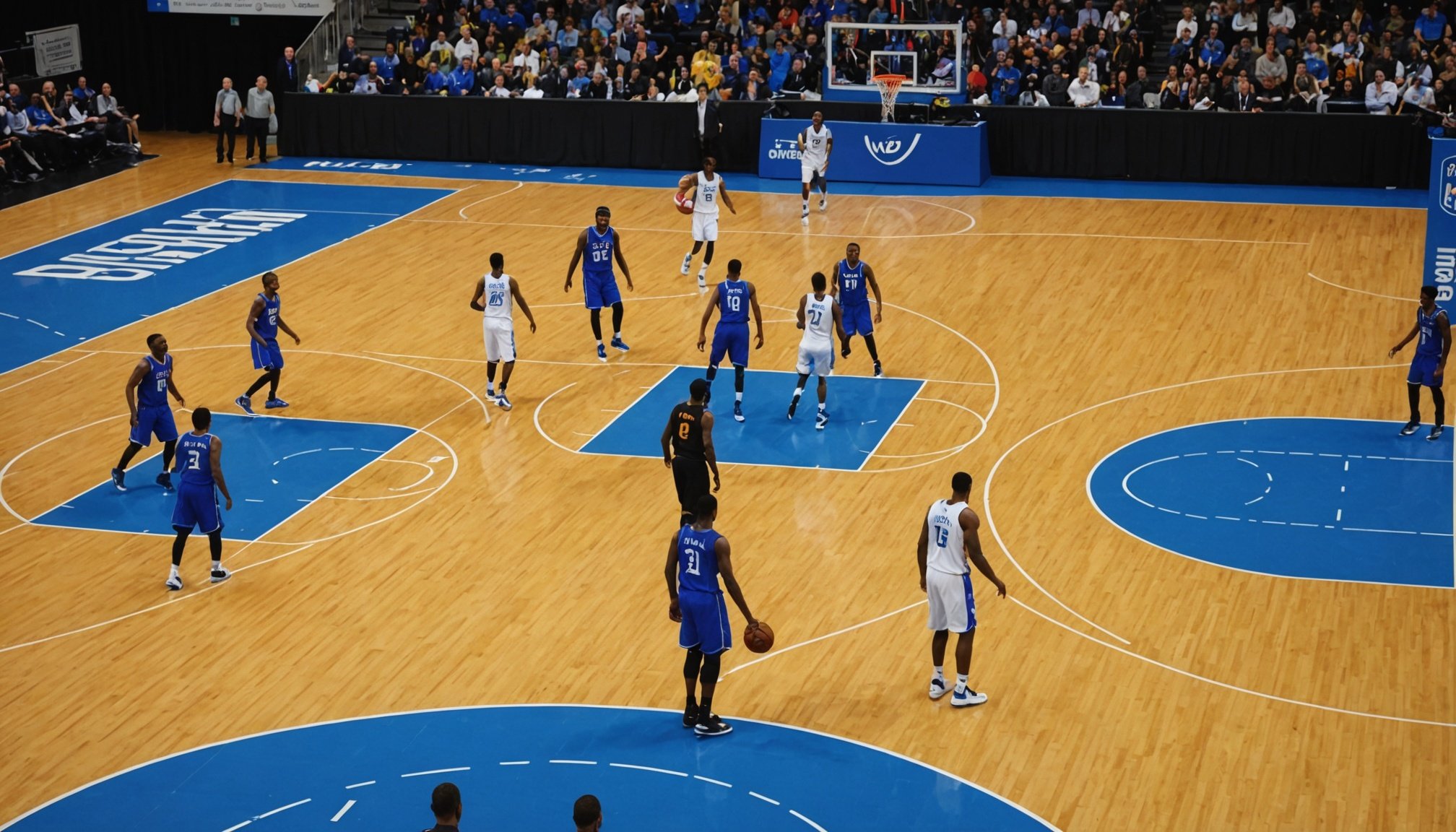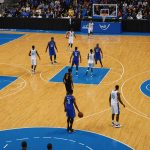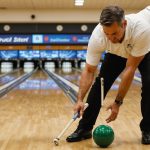Importance of Court Awareness in Basketball
Court awareness in basketball is a vital skill that enhances a player’s gameplay analysis by understanding player positioning and movement. It relies heavily on spatial vision, the ability to track the position of oneself and others on the court. This skill impacts performance and decision-making, enabling players to make precise passes and anticipate opponents’ moves.
To define court awareness, consider it as the ability to read the court’s dynamics. It involves a continuous assessment of both static positions, such as where players are standing, and dynamic movements, such as potential driving lanes. This knowledge informs players on when to defend or attack efficiently.
Additional reading : Boosting performance: essential tactics for uk basketball players to conquer mid-season challenges
The impact of spatial vision goes beyond individual performance. It contributes to team coherence, allowing for seamless transitions and strategic plays. Players with exceptional spatial perception excel in recognizing patterns and predicting play outcomes.
Several successful UK players embody this attribute, setting examples for others. For instance, players like Luol Deng have utilised their court awareness to enhance their reflexive responses during intense matchups. Their ability to ‘see the game’ enhances their reactions, showcasing how this skill can be instrumental in achieving success on the court. Fostering court awareness in young players is thus essential for future basketball excellence.
In the same genre : Top Defensive Drills to Boost Lateral Quickness for UK Basketball Players
Techniques to Enhance Spatial Vision
Enhancing spatial vision requires specialized techniques that contribute to a player’s overall court awareness. Focused drills are imperative. By utilizing peripheral vision exercises, players can expand their visual field, enabling them to detect subtle movements around them. Cone drills, another staple, focus on improving positioning and spatial analysis by requiring players to navigate through obstacles while maintaining control over their movements.
Practicing situational awareness during scrimmages is crucial. It allows players to anticipate opponent actions and react swiftly. This real-time analysis sharpens decision-making, refining their gameplay.
Focused Drills for Players
- Peripheral Vision Exercises: These exercises engage the side vision, crucial for monitoring teammates and opponents.
- Cone Drills: Enhance spatial analysis by improving player movement in restricted spaces.
- Situational Awareness Scrimmages: Encourage real-time decision-making and strategic play.
Cognitive Training Methods
Incorporating visualization techniques into training aids in mental preparation. Software or apps designed for sports vision training offer innovative ways to hone visual processing skills. Analyzing game footage is beneficial for self-assessment, allowing players to identify areas for improvement.
Enhancing Communication on Court
Effective communication amplifies team cohesion. Developing verbal cues and utilizing nonverbal signals can significantly improve understanding among teammates. Building trust and synergy is vital to creating a well-knit unit on the court.
Expert Advice for Players
When it comes to mastering court awareness in basketball, insights from seasoned coaches and sports psychologists can be invaluable. According to interviews with UK basketball coaches, the key to enhancing this skill lies in understanding player dynamics on the court. Coaches emphasize the need for players to constantly assess their position relative to others and predict movements to improve gameplay analysis.
Sports psychologists advocate for the integration of mental visualization techniques, which bolster spatial vision. By visualizing game scenarios, players can mentally prepare for various situations they may encounter, thus improving their decision-making accuracy during real games. These techniques assist players in internalizing strategic movements and enhances their reflexive responses under pressure.
Mentorship plays a pivotal role in player development. Receiving constructive feedback from coaches and mentors allows athletes to refine their skills, fostering a deeper understanding of court dynamics. Moreover, coaches recommend developing a feedback loop, where players review game footage, participate in video-based critiques, and engage in tactical discussions to further enhance their performance and decision-making.
Ultimately, combining expert coaching insights with player-driven self-assessment creates an environment where court awareness can flourish, guiding players toward improved performance on the basketball court.
Training Regimens for Spatial Awareness
Enhancing spatial awareness on the basketball court involves a combination of carefully structured training programs focused on both individual and team development. A training schedule meticulously crafted can advance skill development while boosting overall performance.
Weekly Training Schedule
A weekly program should address diverse aspects of court awareness. Begin with a balanced mix of physical training and cognitive exercises tailored to each player’s needs. Structuring sessions to emphasize spatial skills will foster a better understanding of game dynamics. Incorporating competitive simulations into the schedule offers players the opportunity to experience real-game scenarios, enhancing their adaptability and strategic thinking. This balance ensures comprehensive performance enhancement.
Individual vs. Team Focused Training
Both individual and team-focused drills are vital. Personal drills, such as cone drills and situational exercise routines, are designed to hone specific skills like positioning. They catalyse individual skill enhancement, crucial for developing personal style and confidence on the court. Conversely, team practices should be aimed at promoting a collective understanding of court dynamics, helping players anticipate teammates’ and opponents’ movements. Marrying these approaches results in a well-rounded development strategy, fostering both personal growth and teamwork synergy. Such regimens ensure players are not only technically proficient but also cohesive in team play.
Resources and Tools for Improvement
In the journey to mastering basketball, training resources play a crucial role. Players seeking to sharpen their skills can dive into a treasure trove of books and online resources dedicated to advancing basketball techniques. These materials emphasize critical aspects of the game, providing insights into both foundational and advanced strategies.
Apps designed for enhancing visual skills have become instrumental in modern training regimens. They offer interactive and personalized exercises that promote vision enhancement, helping players to better navigate the court’s dynamics. Notably, software like Visual Edge and other sports vision apps utilize real-time feedback to improve spatial processing, making them invaluable in honing court awareness.
Moreover, the utilization of video analysis tools aids in tracking progress with remarkable precision. By reviewing recorded footage of games or practice sessions, athletes can identify patterns in their gameplay, discovering areas for performance enhancement. This feedback loop empowers players to adjust their techniques, fostering continuous improvement.
When combined, these diverse resources form a comprehensive toolkit for athletes aiming to elevate their game. By leveraging them effectively, players can develop a deep understanding of the court, honing their skills to meet and exceed competitive standards.
















